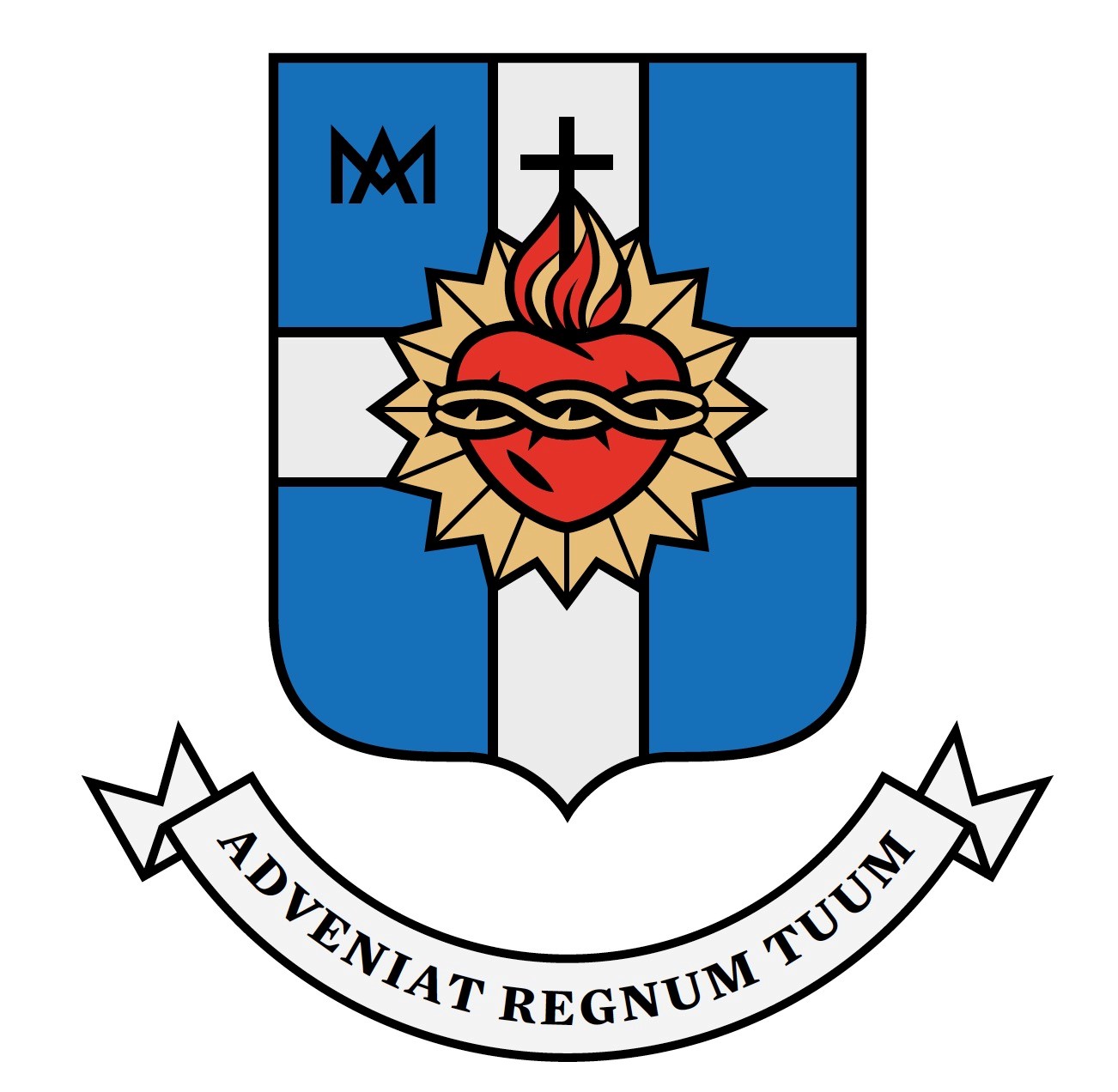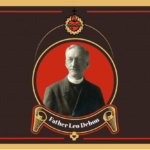From Life
At this point, no one is surprised anymore by the succession of words, actions, and omissions that daily undermine human dignity in this world we live. Some occur in our immediate surroundings, while others cross borders. These situations have become so common that they end up looking familiar to us, like those TV series that go on endlessly, reinventing themselves each season with different characters and settings, but whose essential content hardly changes.
In fact, and without having to think too hard, one could easily list in just a few minutes a good number of episodes of violence. Who doesn’t know someone who has suffered abuse or mistreatment? Who isn’t aware of tragedies, like those happening in Gaza, which devastate the lives of innocent people? Who hasn’t noticed the systematic deterioration of our planet?
The list would be as long as it is incomplete, because the topic is inexhaustive. Furthermore, we must consider that violence is enterprising and ambitious, to the point of legitimizing itself in political and economic spheres, and even in the most intimate and pious spaces. This is something well known, among others, by migrants who live in fear of being deported – how many in Europe and North America! – or the victims of those who abuse their power, even in the Church, to harm the most vulnerable. Even though violence may disguise itself under a sugary “for your own good,” “because I love you,” “for the good of all,” or “for your salvation,” the reality is that it acts like a climbing plant that spreads and chokes.
From the Word
But what does all this have to do with the solemnity we celebrate? Perhaps this connection lies in the fact that the scenes of Our Lord that most deeply root our devotion to His Heart occur in contexts marked by injustice and violence, such as those of His Passion. Likewise, these scenes take place in environments characterized by contempt and ingratitude toward Him and His message throughout history, just as He revealed to Saint Margaret Mary Alacoque. Yet, His Heart always encompasses all times, even the most difficult and dark ones for humanity.
Everything clearly indicates that we are living in times of the Heart of Jesus. Times like those experienced by a criminal on Golgotha, by a humble nun in a monastery in the French countryside, and every day, by the simplest people who, in any circumstance, sincerely say: “Heart of Jesus, I trust in You.”
This is the Heart that urges us to remain alert, to know how to look without self-absorption, in order to understand what is happening around us. It invites us to discern how to get involved and where to position ourselves in order to contribute, as the Samaritan did, to making our common home more inclusive and better cared for.
One of the most moving glances of Jesus – and surely you remember others – took place as He ascended toward Jerusalem via the Mount of Olives. He was accompanied by the naive enthusiasm of His disciples and the usual discontent of the Pharisees. At a certain point, He stopped before a view that deeply moved Him:
As He drew near and saw the city, He wept over it, saying: “If this day you only knew what makes for peace!” (Lk 19:41-42).
The Gospel does not hide Jesus’ feelings toward Jerusalem, the beloved city[1]. He saw in it a frustrated, dissatisfied city. A city subjected to foreign power and full of disputes among those who believed themselves more religious than others, but who were, in reality, trapped by their own prejudices.
From the mount, He beheld a suspicious city, saturated with discrimination against many of its own inhabitants. A noisy and yet deaf city, expecting more a compliant messiah than the arrival of a suffering servant, friend of all, beloved of the Father, and passionate about His Kingdom.
Those who best accompanied Jesus that day were the ones on the margins of the city, those who did not feel part of it: His disciples and the simple people. In His closeness and along His path they found a reason for joy and hope. The city, in contrast, asked with perplexity: “Who is this?” (Mt 21:10).
Its inhabitants failed to grasp the significance of His coming, a visit that was a true kairos (Lk 19:46), a time of grace and unique opportunity, because it was God Himself who, in the person of His Son, was ascending to Jerusalem.
Aware of His mission, Jesus did not give up. He entered the city like the shepherd who seeks the lost sheep, unable to free herself from the walls that imprison her. Sustained by the loving fidelity of the Father and carried by the fervor of the humblest, His desire was to find her, to soothe her wounds, to carry her on His shoulders, and to take her to where true life could be found. The longed-for sheep was none other than that very city.
However, she did not want to understand that this humble visit represented hope for her. Her response, unfortunately, as so often before, was a heavy cross. In the wood that formed it, the city compressed its resistance, its rage, its fear, and its refusal to be transformed by a defenseless servant who only wanted to speak to her heart, “to the heart of Jerusalem” (Is 40:2), to bring her comfort and good news.
In the face of so much lack of love, God’s response was similar, another cross, but one of life: His own, the one He loved the most, the cross with open arms and wounded legs of His Son. A living and reparative cross because it loves and forgives. A cross with a heart. That is why, from this cross, the response that flows toward the hand that strikes it is blood and water, first fruits of new life.
From that same spring an opening also arises, beginning without anger, resolute and without return, to break the walls of hatred of that and every other similar city. Thus, long announced horizons are opened for those who contemplate the scene: for Mary and the disciple, the new community; for the criminal, the unexpected Paradise; for the soldiers, the end of idolatry. But horizons are also opened for those who welcome the testimony offered by the one who saw it all, “so that you also may believe” (Jn 19:35).
From our Charism
In the Church, we too have been called to be part of this community of witnesses, so that “the city” may believe. The charism we share guides us and commits us to this mission. We wished to reaffirm this with the theme that inspired us in the last General Chapter: “Called to be one in a transforming world. ‘So that they may believe’ (Jn 17:21).” In our communities, in our families, wherever we are, we yearn to be bold and credible witnesses of the Pierced Side, of the Open Heart that so deeply loves this wounded humanity (cf. Cst 4).
We are also inspired by Fr. Dehon, who, with the heart of a disciple, never ceased to marvel and to plead before such boundless love: “I begin, O good Master, to understand the love I owe my God – help me.[2]”
From our perspective, how can we foster and witness more coherently, in spirit and in truth, that we are understanding this very same love? The SCJ Constitutions challenge us in this regard. It may seem unusual for such a text to pose concrete questions, when we might rather expect answers. Only two questions are presented – but they are undoubtedly essential. Perhaps they are included to keep us in an open and necessary dialogue with the continuous newness of the charism and the Gospel.
Both are found in the second part of the Constitutions, titled: “Following Christ.” The first of them appears in the section “With Christ, at the Service of the Kingdom” (nos. 9–39), which particularly inspires the Dehonian Jubilee[3]:
We also live out our union with Christ by our availability and our love for all, particularly for the lowly and for those who suffer. For how can we really understand Christ’s love for us, if not in loving as He did, in truth and in deed? (Cst 18)
The second question appears in the following section, “In order to continue the community of disciples” (nos. 40–85):
Imperfect, certainly, like all Christians we want however to set up a milieu which is favorable to the spiritual progress of each one. How else to attain this, if not by deepening in the Lord even our most ordinary relationships with each of our brothers? (Cst 64)
These questions can be compared to the systole and diastole of the heart. Without them, there is no life. If we accept this, then the answers we give to each of these questions will reveal the health condition of our vocation, our fraternity, and our apostolate. This exercise will help us discern our vital coordinates, to know how near or far we are from the Heart of Christ and from our brothers. Are we distant, like those in the city who asked, “And who is this?”, or close, like the simple ones who could feel the heartbeat of the One who walked among them? These are the beats of the Heart of Jesus – the heartbeats of a brother – as understood by our Venerable Fr. Dehon, who never hesitated to follow Him with trust throughout his life:
“The Word, the only-begotten Son of God, is my eldest brother, my great brother – and what a loving and devoted brother! He became man to be even more intimately my brother, to save me from sinking, to suffer and die for me. I love my elder brother; I want to listen to him, follow him, imitate him, and live with him always[4].”
This is what we wished to recall in the theme of the Dehonian Jubilee: “Through Him I live: Christ lives in me.” This is the grace we desire for each of us, so that we may allow ourselves to be moved by the Heart of the Savior, who draws us close to the complex realities of human relationships – in community, in family, in every corner of this world – with eyes of kindness and mercy. How grateful we are for the witness of those who, as Jesus did in Jerusalem, have understood this and step forward to kindle a new hope.
May the Lord bless those who do so: the religious, Dehonian laity, and so many collaborators who enter the vast refugee camps of Corrane (northern Mozambique) and Mahagi (northeastern D.R. Congo) to uphold human dignity; those in Irpin (Ukraine) who bring comfort and food to the elderly in their homes; those in Kasanag (Philippines) who have heard the cries of abused girls and young women; those in the Bethânia Community (Brazil) who welcome men and women victims of toxic addiction; those in Zagreb (Croatia) who open their doors so that the Eucharist may be adored day and night; young people and European volunteers who set out to build bridges of friendship and solidarity in various places; those at SettimanaNews in Bologna (Italy) who create networks and open perspectives to reflect on and understand the times we live in; those in Milwaukee and Toronto (North America) who raise their voices and accompany migrants; those in Pamulang Timur (Indonesia) who create spaces of coexistence among cultures and religions… Each and every one of them is opening spaces of hope and life!
And the list could go on, for this Heart we celebrate is overflowing, and many are those who respond with a determined heart to the question that once sprang from the inner depths of Jesus to his astonished disciples: “Do you understand what I have done for you?” (Jn 13:12)
To all, a joyful Solemnity of the Sacred Heart of Jesus. In Him, fraternally,
Fr. Carlos Luis Suárez Codorniú, scj
Superior General and his Council
[1] Papa Francisco, «Dilexit nos», 45.
[2] « Je commence, ô bon Maître, à comprendre l’amour que je dois à mon Dieu, aidez-moi». Léon Dehon, De la vie d’amour envers le Sacré Cœur de Jésus. Trente-trois méditations pouvant servir pour le Mois du Sacré-Cœur (1901). https://www.dehondocsoriginals.org/pubblicati/OSP/VAM/OSP-VAM-0002-0004-8060204?ch=170
[3] Cf. “For Him I live: It is Christ who lives in me” (Gal 2:20). Letter at the beginning of the centenary of the death of Father Dehon and in preparation for the 150th anniversary of the foundation of the Congregation, Brussels, August 12, 2024.
[4] « Le Verbe, Fils de Dieu premier-né, est mon frère aîné, mon grand frère, et combien aimant, combien dévoué ! Il s’est fait homme pour être encore plus intimement mon frère, pour me sauver du naufrage, pour souffrir et mourir pour moi. J’aime mon grand frère, je veux l’écouter, le suivre, l’imiter, je veux vivre avec lui toujours ». https://www.dehondocsoriginals.org/pubblicati/JRN/NQT/JRN-NQT-0005-0040-0053103?ch=85




